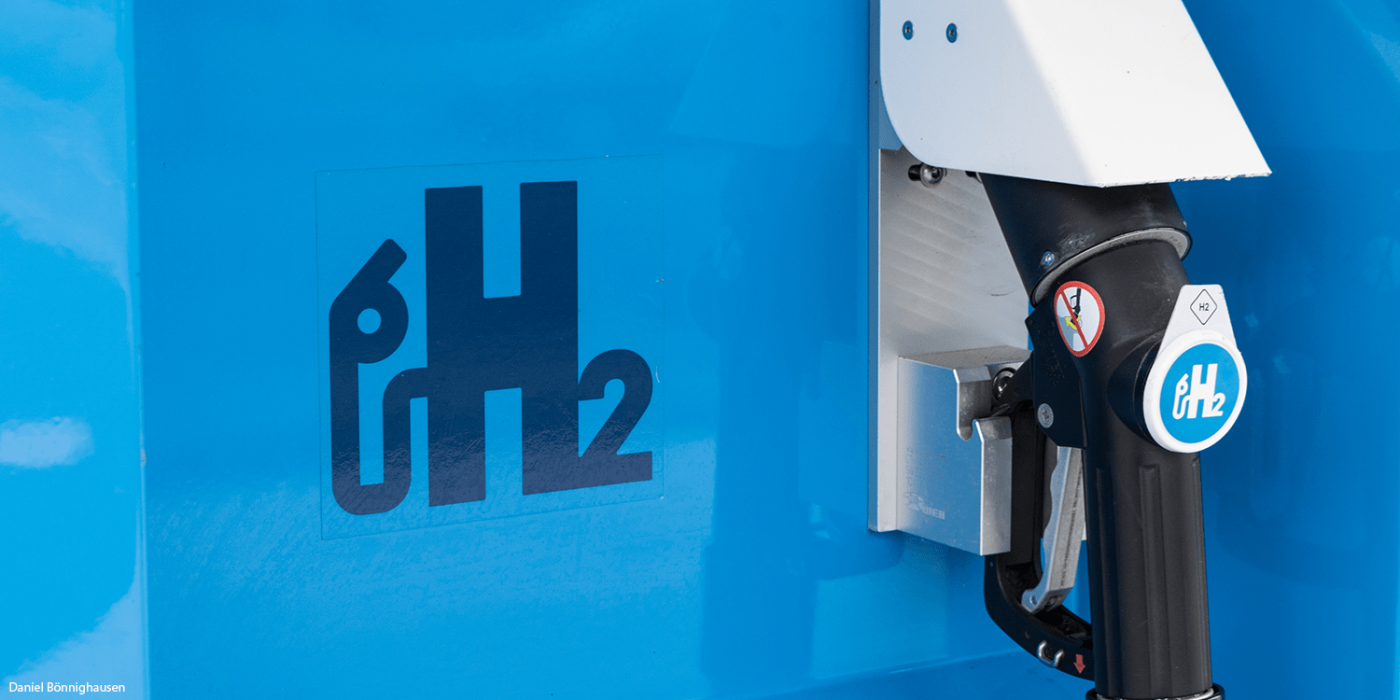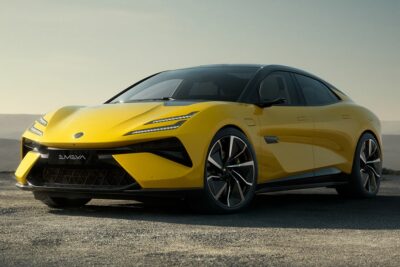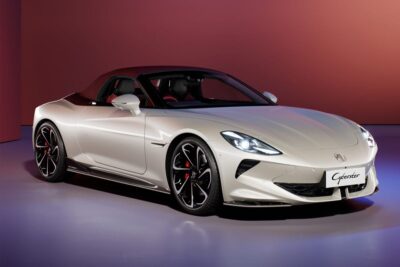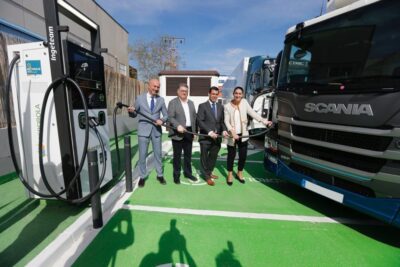EU reveals strategy for energy systems and hydrogen
Today the European Commission has adopted the EU Strategy for Energy System Integration and Hydrogen. The former tackles charging infrastructure and grids, while the H2 Strategy focusses on long-haul and heavy-duty vehicles and hydrogen infrastructure.
The European Commission is using the Strategy for Energy System Integration to propose concrete policy and legislative measures at the EU level “to gradually shape a new integrated energy system while respecting the differing starting points of Member States.”
The Commission reckons with the rapidly falling cost of electric vehicles making them competitive with combustion engine vehicles by around 2025 on a total cost of ownership basis. As the European Green Deal highlighted the need to step up the roll-out of recharging infrastructure, the EU Commission says this should start with the goal of getting at least one million publicly accessible recharging and refuelling points by 2025, as well as the use of on-shore power supply in ports.
Under the auspices of the Connecting Europe Facility, the Commission says it will undertake further mapping of funding opportunities and regulatory initiatives for the roll-out of recharging infrastructure. This should tackle challenges facing electric vehicle drivers such as the intransparent pricing at public charging stations and the lack of cross-border interoperability with charging services.
For electric vehicle charging infrastructure in connection with grids, the focus will be put on smart charging and Vehicle-to-Grid (V2G) services. The Commission says this should manage grid congestion and “limit costly investments in grid capacity,” but that challenges still remain, for instance regarding the deployment of “smart recharging points, common standards and communication protocols, grid charges, taxation and access to the in-vehicle data.”
To better manage distribution grids, home batteries and electric vehicles (‘behind-the-meter’) in buildings are required, says the Commission. The expectation is that by 2050, electric vehicles could provide up to 20% of the flexibility required on a daily basis.
With regard to the logistics sector, in order to facilitate the electrification of road freight transport, the Commission is adamant that other measures are also needed to boost the use of renewable electricity at ports.
Regarding the electrification of railways, the Commission was somewhat vague, saying only that “further electrification of railways could be explored taking into account its economic viability,” but makes more mention of the decarbonisation of the rail sector in its Hydrogen Strategy.
Hydrogen Strategy
The European Commission is now making it clear that the use of hydrogen in transport “should be utilised in cases where electrification is not feasible – such as local city buses, commercial fleets (e.g. taxis) or specific parts of the rail network.” This should occur in the first phase of the strategy. Overall, the EU Commission is putting emphasis on the use of hydrogen for long-haul and heavy-duty vehicles.
For hydrogen infrastructure for larger vehicles, this focus brings quite different issues in refuelling infrastructure than, say for personal mobility vehicles. For commercial and public transport fleets, the Commission says that hydrogen stations can be “easily be supplied by regional or local electrolysers, but their deployment will need to build on clear analysis of fleet demand and different requirements for light- and heavy-duty vehicles.” Quite explicitly, the Commission states that “Hydrogen fuel cells should be further encouraged in heavy-duty road vehicles, alongside electrification, including coaches, special purpose vehicles, and long-haul road freight given their high CO2 emissions.”
And here the Commission picks up where they left off on the rail sector. As a point of departure, the Commission notes that about 46 % of the mainline network is currently still being served by diesel technology, and this, although fuel-cell hydrogen train applications (e.g. Multiple Units) can already be cost-competitive with diesel. Therefore, the Commission summarises that “hydrogen fuel-cell trains could be developed to other viable train commercial routes that are difficult or not cost-effective to electrify.”
Again taking an impulse from the European Green Deal that highlighted the need to put a price on CO2 emissions in the maritime sector, the Commission says that hydrogen can become an alternative low emission fuel for inland waterways and short-sea shipping. For longer-distance and deep-sea shipping, the Commission deems it necessary to scale up fuel cell power “from one to multiple megawatts and using renewable hydrogen for the production of synthetic fuels, methanol or ammonia – with higher energy density.”
In both the aviation and maritime sectors, the Commission sees that hydrogen can become an option in the longer-term through the production of liquid synthetic kerosene or other synthetic fuels. “In the longer-term, hydrogen-powered fuel cells, requiring adapted aircraft design, or hydrogen-based jet engines may also constitute an option for aviation. To realise these ambitions will require a roadmap for the considerable long-term research and innovation efforts, including under Horizon Europe, the Fuel Cell and Hydrogen Joint Undertaking and possible initiatives as part of the Hydrogen Alliance.”
The Hydrogen Strategy will primarily focus on renewable hydrogen, which is mainly produced with wind and solar energy. As the Commission says that this is not possible in the short term, “other forms of low-carbon hydrogen are needed to reduce emissions rapidly and support the development of a viable market”.
In concrete terms, this means that at least 6 GW of electrolysis capacity is to be installed by 2024, and at least 40 GW between 2025 and 2030. By then, hydrogen should have become an “integral part of our integrated energy system”. By 2030 to 2050, renewable hydrogen technologies should then be mature enough be used on a large scale in sectors that are difficult to decarbonise.
The Commission also announced today that they will address the use of hydrogen in the transport sector in the upcoming Sustainable and Smart Mobility Strategy, announced in the European Green Deal that is scheduled for presentation before the end of 2020.
europa.eu (press release), europa.eu (EU Strategy for Energy System Integration), europa.eu (Hydrogen Strategy)






0 Comments